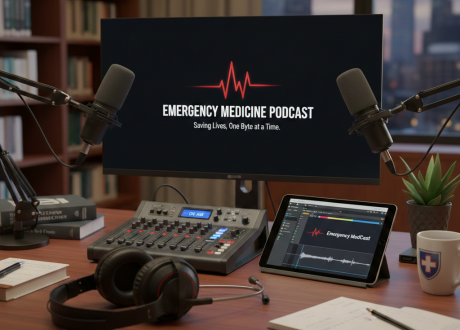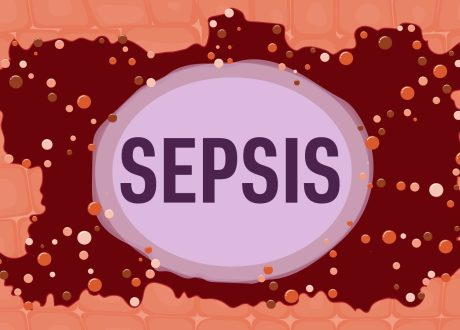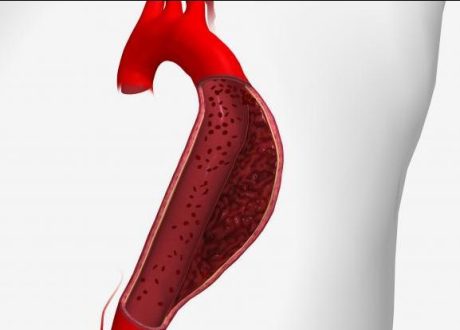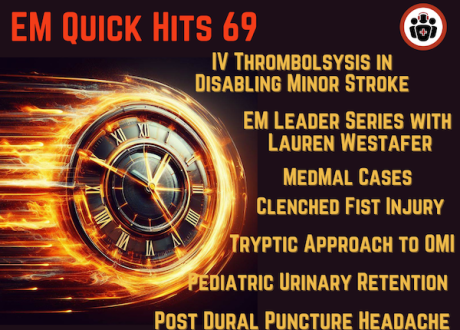- Correspondence to Dr Sarah Wilson, Emergency Department, Wexham Park Hospital, Frimley Health NHS Foundation Trust, Slough, UK; sarah.wilson2@nhs.net
Request Permissions
If you wish to reuse any or all of this article please use the link below which will take you to the Copyright Clearance Center’s RightsLink service. You will be able to get a quick price and instant permission to reuse the content in many different ways.
Introduction
Most patients presenting to the ED are in pain but previous work from the UK has shown that this is often not asked about, recorded or treated effectively.1 The Royal College of Emergency Medicine (RCEM) Best Practice Guidelines (BPGs) on Management of Pain in Adults2 and Children3 advocate recording a pain score, delivering timely and adequate analgesia, then assessing the response. These guidelines recognise that pain management in the ED can be challenging and identify key barriers to the effective delivery of analgesia in the ED.4 Based on previous work1 5 6 that showed significant variation in pain management between EDs, this study aimed to identify EDs that perform consistently well in the management of pain so that others could learn from positive outliers.
Methods
The study was a secondary analysis of national RCEM data from audits reporting pain-related outcomes (hip fracture and pain in children) in two time periods. UK EDs opt-in each year to provide data. Characteristics of audits and findings are described in table 1 for each topic alongside further description of the national datasets. EDs were only included if they submitted data for >10 patients to RCEM. We defined successful pain management according to standards set out in the RCEM BPGs: pain scoring within 15 min of ED arrival and the provision of analgesia within 30 min. EDs were then ranked in descending order of the proportion of cases receiving successful pain management. The highest performing EDs were compared to identify those that ranked highly across both time periods. We also report the proportion of patients who received analgesia at any time in the ED.
Characteristics and findings from RCEM national datasets
| Title | Data collection period | Inclusion criteria | Exclusion criteria | Sampling | No. of EDs reporting ≥10 cases | % EDs meeting the standards* in ≥50% of cases | % patients receiving any analgesia while in ED |
| Pain in children audit | 1 January 2017–31 December 2017 | Aged 5–15 years (inclusive) with a long bone fracture causing moderate or severe pain | Mild or no pain | Consecutive sample of cases (all/50/100) based on expected eligible numbers of <50/50–250/>250, respectively seen within the data collection period | 189 (range: 10–126 returns per ED) |
22 (12%) | 8440/12 576 (67%) |
| Hip fracture audit | 1 January 2017–31 December 2017 | Adults (≥18 years) who presented to ED with a fractured neck of femur | Multiple injuries or other reason requiring resuscitation | As per 2017 pain in children audit | 185 (range: 10–234 returns per ED) |
1 (<1%) | 9609/12 814 (75%) |
| Pain in children QIP | 5 October 2020–3 October 2021 | As per 2017 audit above | As per 2017 audit plus dislocation with no fracture | Five eligible cases/week and data entered at least monthly | 150 (range: 11–561 returns per ED) |
23 (15%) | 16 548/19 769 (84%) |
| Hip fracture QIP | 5 October 2020–2 April 2021 | As per 2017 audit, plus fracture visible on plain radiograph alone | As per 2017 audit | As per 2020–21 pain in children QIP | 159 (range: 10–216 returns per ED) |
0 (0%) | 12 597/14 263 (88%) |
-
*Pain scoring within 15 min of ED arrival and the provision of analgesia within 30 min.
-
QIP, quality improvement project; RCEM, Royal College of Emergency Medicine.
Results
Across the four datasets (two topics for two separate time periods), there were records for 59 422 patients ranging between 150 and 189 EDs, representing all areas of the UK (table 1). The proportion of patients receiving any analgesia while in the ED improved from 2017 to 2020–21. However, the proportion of EDs that were able to meet the standards for over half their patients was very low (15% and below), with this proportion being much worse for adults with hip fracture (<1%) than for children with fractures (15%). Table 2 shows the rankings of hospitals (anonymised) that were ranked in the top 10 for any of the four datasets. It demonstrates little consistency of hospital performance, either over time or between populations. Considering hospitals who see only adults or only children, there were none who ranked highly for both time periods, although not all submitted data in both time periods.
Ranking of EDs (anonymised) for each dataset showing little consistency of performance, either over time or between populations
| ED | Ranking for: | |||
| Pain in children 2017–18 |
Pain in children 2020–21 |
Hip fracture 2017–18 |
Hip fracture 2020–21 |
|
| AA | 9 | 43 | 84 | 35 |
| AB | 78 | 51 | 125 | 6 |
| BB | 7 | 7 | 52 | 80 |
| BC | 84 | 28 | 4 | 118 |
| CC | 64 | 72 | 69 | 3 |
| CD | 1 | NA | 2 | NA |
| DD | 45 | 130 | 11 | 8 |
| DE | 133 | 11 | 38 | 5 |
| EE | 88 | NA | 8 | NA |
| EF | 141 | 110 | 74 | 1 |
| FF | 152 | 73 | 20 | 8 |
| FG | 19 | 108 | 125 | 2 |
| GG | 141 | 9 | 125 | 118 |
| GH | 72 | 80 | 3 | 64 |
| HH | 18 | 31 | 93 | 8 |
| HJ | 5 | 3 | 131 | 80 |
| JJ | 152 | NA | 9 | NA |
| JK | 105 | 9 | NA | 35 |
| KK | 13 | 4 | 93 | 96 |
| KL | 10 | 1 | 48 | 118 |
| LL | 152 | 126 | 131 | 6 |
| LM | 98 | 106 | 46 | 8 |
| MM | 45 | 56 | 38 | 4 |
| NN | 54 | 129 | 6 | 118 |
| PP | 2 | 5 | 54 | 20 |
| QQ* | 152 | 8 | NA | NA |
| RR | 69 | NA | 1 | 118 |
| SS | 4 | NA | 5 | NA |
| TT | 152 | 6 | 131 | 20 |
| UU | 7 | NA | 6 | 20 |
| VV | 6 | 147 | 38 | 20 |
| WW† | NA | NA | 10 | 118 |
| XX† | NA | NA | 19 | 8 |
| YY* | 3 | NA | NA | NA |
| ZZ* | 150 | 2 | NA | NA |
-
Grey shading represents top 10 ranking.
-
*No adult data submitted.
-
†No paediatric data submitted.
-
NA, not available.
Discussion
No ED performed consistently well in such a way that they could be identified as a positive outlier worthy of emulation. A disappointing proportion of EDs were able to meet the definition of successful pain management for even half of their patients. These findings suggest that pain is not sufficiently assessed or managed in UK EDs.
Although two-thirds of patients did receive some analgesia while in ED, in many cases this was not administered promptly and its adequacy is unknown in the absence of reassessment. Pain management in children with fractures was more reliable than for adults with hip fracture.
The strength of this study was the use of contemporary datasets from a large sample of UK EDs. Limitations include minor changes in methodology between the time periods and reliance on accurate data submission by individual sites.
In conclusion, we were unable to identify any ED that performed consistently well in the assessment and management of pain. Prompt and effective pain management should be a focus for further research and quality improvement in UK acute care.
Ethics statements
Patient consent for publication
Not applicable.
Acknowledgments
The authors would like to thank Matt Wiltshire who provided feedback at all stages of this project from a lay perspective. The authors would like to thank RCEM who provided the data for analysis and to Sam McIntyre, former head of Quality and Policy at RCEM for support with the project.


 Linked Articles
Linked Articles





